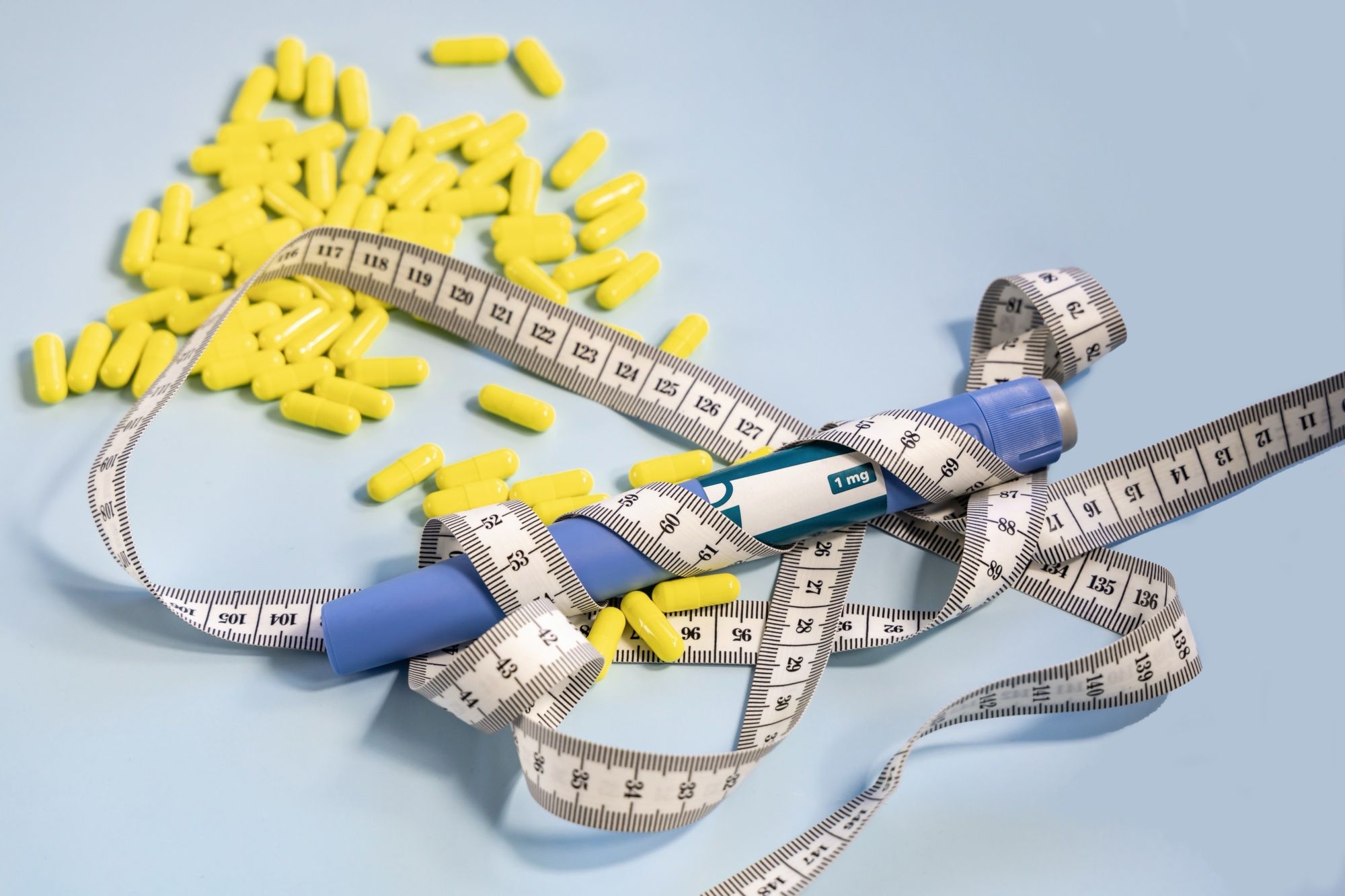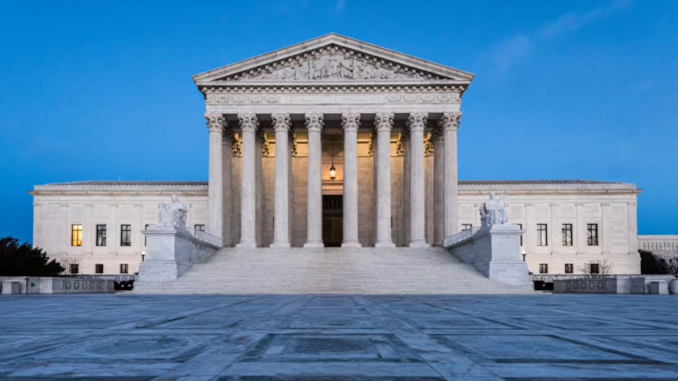Copyright yourstory

Food delivery platforms that have already been battling slower discretionary spending, a growing dining-out trend, and rising competition from quick commerce are now contending with an unlikely new headwind: weight loss drugs. As the popularity of GLP-1-based medications grows, analysts warn that these appetite-suppressing drugs could quietly chip away at food delivery frequency and order values. GLP-1s, initially developed for diabetes management, have been gaining popularity for a secondary feature: weight loss. Major players in the market include Ozempic and Wegovy by Novo Nordisk and Mounjaro by Eli Lilly. The space has seen a patent grab by other pharma players, including Merck, AstraZeneca and Sanofi. GLP-1 is a glucagon-like peptide-1, a hormone produced in the intestine that helps regulate blood sugar and appetite. These drugs mimic the performance of this hormone in the body and suppress appetite and reduce cravings. This leads to smaller portion sizes and less frequent indulgence in calorie-dense foods. This is particularly concerning as both platforms have made heavy investments in quick food delivery arms, with Bistro by Blinkit and Bolt and Snacc by Swiggy that target quick, spontaneous and often indulgent urges. According to a latest brokerage report by Bernstein, food delivery platforms can witness a decline in average order values, reduced frequency of indulgent orders, as well as a pivot toward better-for-you offerings and health-focused menus. According to a 2024 survey in the US by Berstein, over one-third of GLP-1 drug users eat a lot less junk food. About 43% order small portions, and about 39% skip out on indulgent desserts afterwards. A long-term user consumes 20-25% fewer calories to maintain their weight loss. The timing is also crucial as the GLP-1 oral pills are expected to see a 75% price drop by mid-2026 on account of genericization. The per-month dosage price of oral pills, currently costing closer to Rs 17,000, is expected to be as low as Rs 4,000 per month. Mounjaro injections cost around Rs 14,000, and can come as low as Rs 10,000. There is a significant overlap in food delivery power users and weight loss drug users. Both target consumers in the higher income profile, health-conscious, digitally savvy and early adopters. Moreover, about one-fourth of adults in urban areas are overweight or obese according to the National Family Health Survey (NFHS-5) "Early data on launches of obesity drugs outside of the US suggest high patient demand. In Brazil and India, for example, adoption has been fast despite the fact that most patients cover the costs of medication themselves," according to a blog post by Morgan Stanley from earlier this year. Still, widespread adoption in markets like India may take time. Price sensitivity, limited awareness, and a more flexible cultural view of obesity could delay mass uptake. For now, food delivery companies continue to face familiar challenges, saturating channel shift growth from other areas, muted discretionary spending and growing popularity of quick commerce. Zomato, by Eternal, saw its net order value grow by 14% on an annual basis, while Swiggy's GOV (NOV plus discounts) grew just 15% in the September quarter. Food delivery companies are already innovating and responding to rising consumer demand for “better-for-you” meals. Zomato recently launched “Healthy Mode,” a feature that provides nutritional data and assigns a “Healthy Score” to dishes, ranking them from Low to Super based on macronutrient profiles built using AI and large language models. It is currently live in Gurugram and will be expanded to other cities. Swiggy, too, is tapping into the trend with a dedicated “High Protein” category available across 30 cities. The section features over five lakh dishes from 35,000 restaurants, each meeting set nutritional benchmarks such as at least 15 grams of protein per serving and under 700 kilocalories. The ripple effect can impact restaurant chains as well as FMCG products. Fast food chains are also adapting their junk food image. McDonald's India launched its Protein Plus Range, featuring a 100% vegetarian protein slice, designed to add 5 grams of protein to any burger. A preference for sugar-free drinks or low alcohol options can also emerge as a growing trend in beverages. Morgan Stanley, in a note last year, said it expects the packaged food sector to adapt to the shifts in consumer preferences and behaviour by raising prices, offering "better for you" or weight-management products, or catering to changing trends like veganism, keto, etc. Companies are also experimenting with smaller pack sizes to cater to lower appetite urges. (Edited by Jyoti Narayan)



